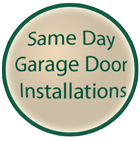How to Inspect Your Garage Door





WITH 2,218 REVIEWS
Click Here To Book Online Now





CLICK
To view local phone numbers
A quick garage door inspection can help save you money in the long run.
Your garage door is the largest moving thing in your home, and is made up of many different parts that work together. An annual inspection of your garage door system can ensure that you identify any problems before it’s too late!
Start inside your garage. Observing your door from the top down.
-
Check the panels aren’t split or cracked, especially at the top of the door.
For wood doors, check for rot at the bottom of the door.
Check that the hinges are tight, not damaged or bent; with all the lags and bolts in place.
Inspect the spring system.
- Torsion Spring System:
- Check for corrosion.
- Check the spring mount isn’t loose or coming away from the wall.
- Do not mess with the spring system if it is in need of repair. It can lead to serious injury. Call a trained professional.
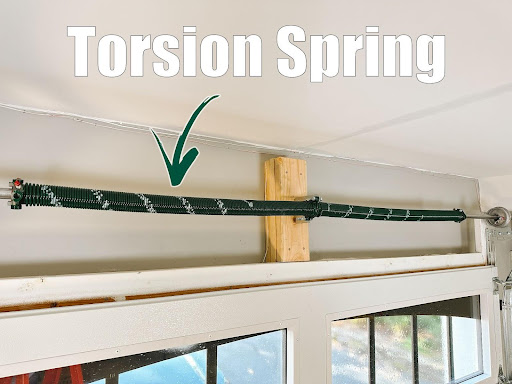
- Extension Spring System:
- Look for broken springs and spring gaps.
- Inspect safety cables and operating cables to look for fraying.
- Observe the pulleys and ensure they are intact and able to spin easily.

Inspect the bottom rubber.
- Check for tears or rips.
- Be sure the bottom rubber isn’t coming out of the channel.

Inspect the weather seal.
- Look for gaps between the liner and the stop moulding around the door.
- Be sure the vinyl flap makes good, flush contact with the door.
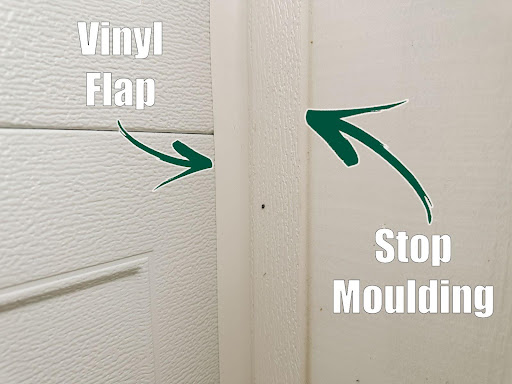
Inspect your opener and its functions.
- Ensure the safety eyes are mounted 3-6” off the ground and free of debris.
- Test the Safety Reversal Feature by placing a 2x4 on the ground below the garage door and closing it. The door should touch the wood then reverse back to the open position.
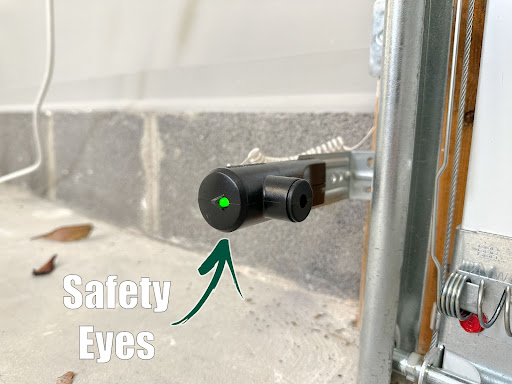
Test the weight or balance of your garage door.
- IMPORTANT: When working the door manually, be sure to keep your fingers away from the spaces between joints and panels.
- In the closed position, pull the emergency release cord so you can manually work the door.
- Lift the door. (It shouldn’t feel heavier than 5–10 lbs.)
- Test it in 3 positions: 1/3 of the way up, 1/2 way up, and 3/4 of the way up.
- Bring the garage door back to the closed position and observe the door for any issues.
Check the brackets and woodwork.
- Be sure the brackets are securely attached to the woodwork.
- Check the woodwork isn’t split, cracked or rotted.
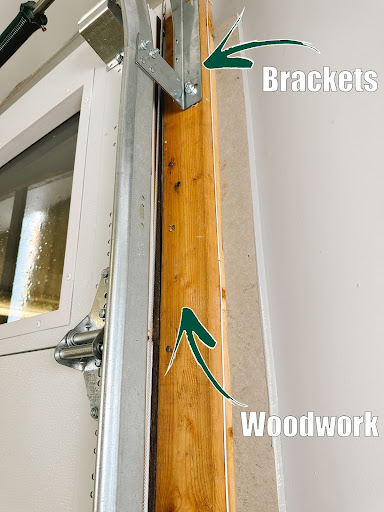
Categories:
Preventative MaintenanceOffice: 626-537-3568
2550 Corporate Pl
Ste C105
Monterey Park, CA 91754
Office: 909-480-4395
119 E Arrow Highway
San Dimas, CA 91773
Licenses
California State Contractor's License993555
If you are looking for service in the Simi Valley, Ventura County, and Santa Barbara areas, please visit:
simivalleygaragedoors.com
If you are looking for service in the Riverside, San Bernardino, and Temecula area, please visit:
garagedoorriversideca.com








